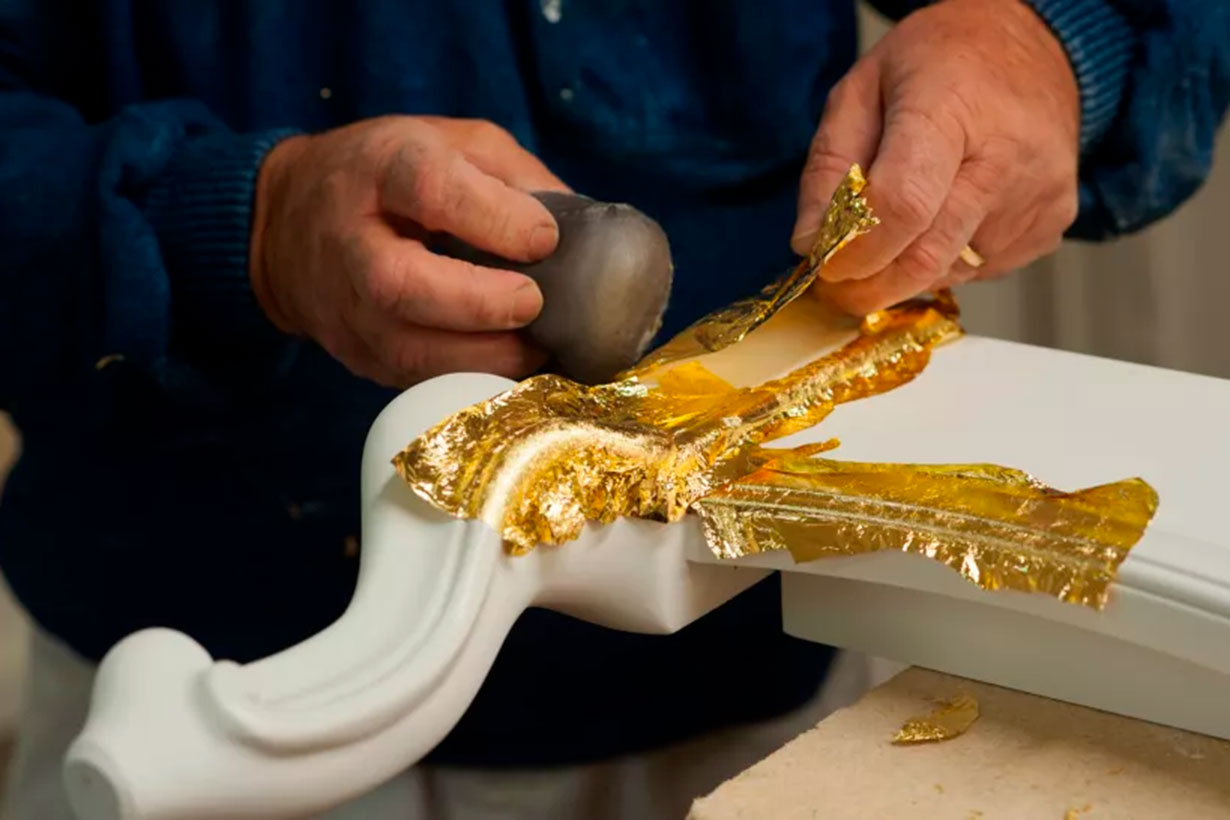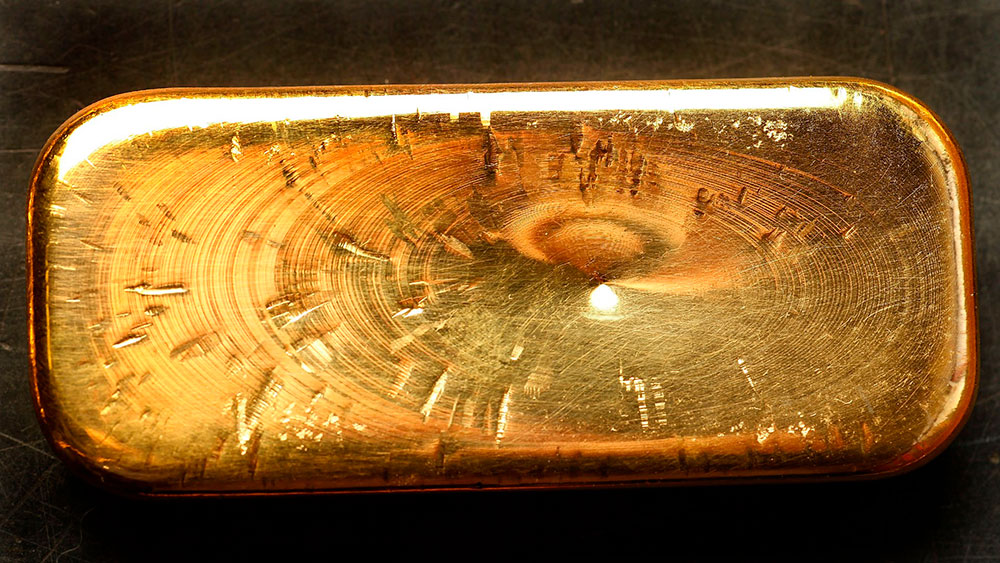First, it’s important to distinguish malleability from softness. Malleability is a measure of how much a material can be hammered into a new shape without breaking. Whereas other metals fragment when beaten past a certain point, a single ounce (28 grams) of gold can be hammered into a sheet measuring roughly 16.4 feet (5 meters) on a side, and films of gold known as gold leaf can be as thin as five-millionths of an inch (0.000127 millimeters), or about 400 times thinner than a human hair, according to Jefferson Lab in Newport News, Virginia.
In contrast, there are multiple definitions of hardness and softness, depending on how one tests a material’s strength. Based on the Mohs scale, which measures how well a material resists scratching, the softest metal is cesium, which is soft enough to be cut with a butter knife, according to Guinness World Records. Arguably, the softest metal may be mercury, which “is a liquid at room temperature and is more easily deformed than gold,” Mark Jones, a chemistry consultant and fellow of the American Chemical Society, told Live Science. “It is, by my estimation, softer than gold.”
Related: Which is rarer: Gold or diamonds?
What makes gold malleable?
A close up of an ingot of recycled gold bullion. (Image credit: Photo by Patrick Aventurier/Getty Images)
Gold’s malleability likely results from two factors: its atomic structure and the way its atoms bond together, said Dror Fixler, an electro-optics engineer and director of the Bar-Ilan Institute of Nanotechnology and Advanced Materials in Israel.
Gold’s atomic structure results in it possessing a so-called face-centered cubic crystal structure, Fixler said. “In this structure, each atom is surrounded by 12 neighboring atoms,” he told Live Science. “The arrangement of atoms in a face-centered cubic lattice allows for easy deformation without disrupting the overall structure.”
In addition, gold is a metal. This means its atoms are held together by metallic bonds, in which the outermost electrons of each atom are free to move around the overall structure of the material. “This delocalized electron cloud allows the atoms to slide past each other easily, making the metal malleable,” Fixler said.
Related mysteries
—Why does metal spark in the microwave?
—Is Nazi gold real?
—Why does wood catch fire, but metal doesn’t?
However, Jones questioned whether these factors were enough to explain gold’s malleability. “Copper and silver share the same electronic configuration,” he said. “They bond the same. They aren’t as soft as gold. That means something else is at play.”
Metals frequently aren’t one big crystal — instead, they are made of small crystals called grains, Jones said. And the 1977 study from the University of Leeds suggested that the size of grains that gold forms may help explain its malleability.
Gold is famously unlikely to chemically bond with other elements. This means gold’s grains are not tarnished with layers of oxides on their surfaces as copper and silver grains might be, Jones said. These oxides make copper and silver grains more likely to fragment. In contrast, the absence of these oxides may help keep gold more malleable than other metals.










